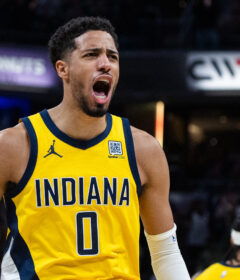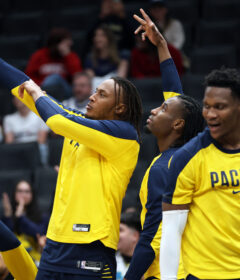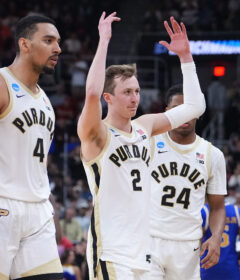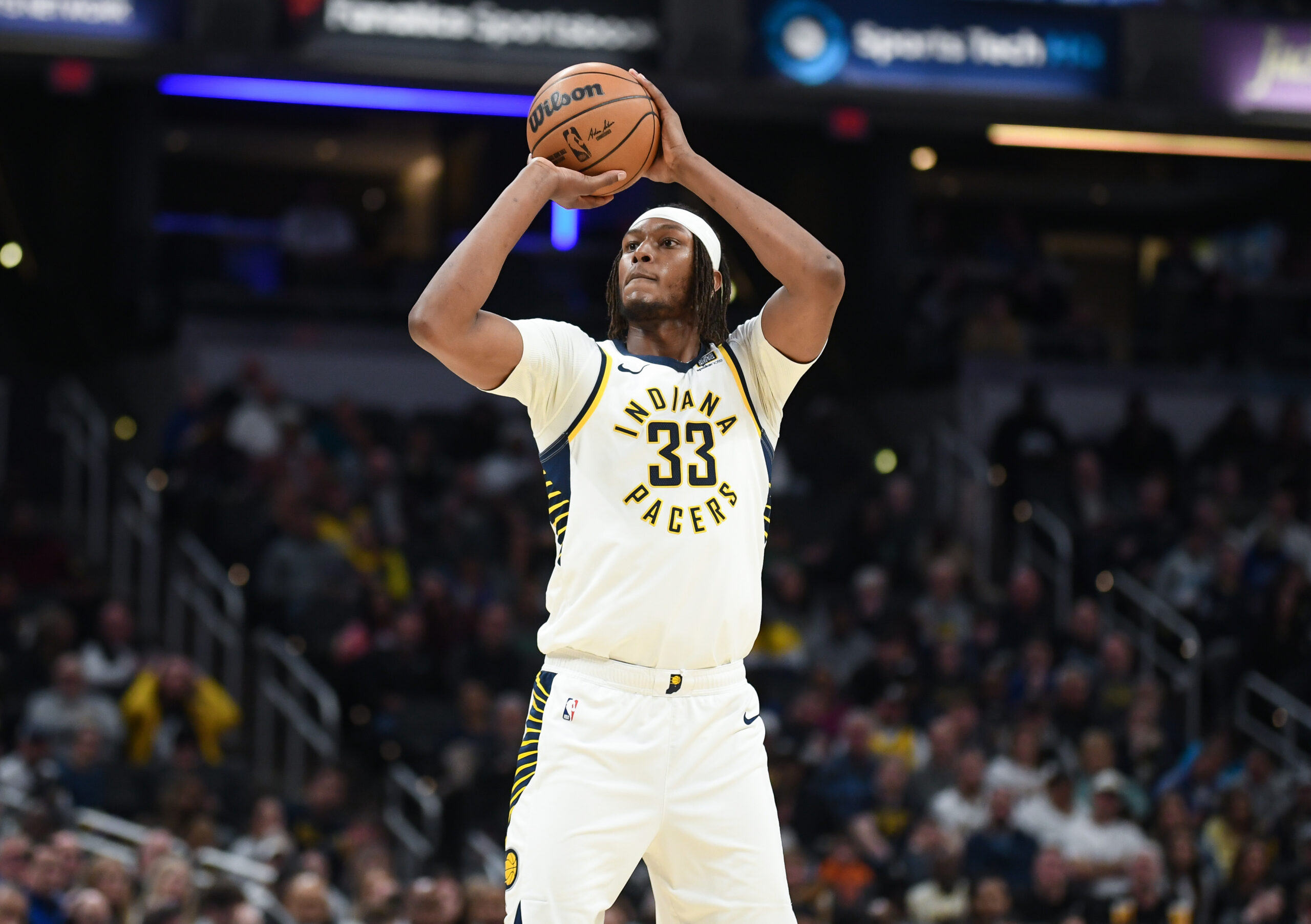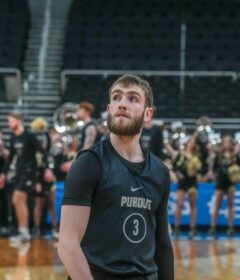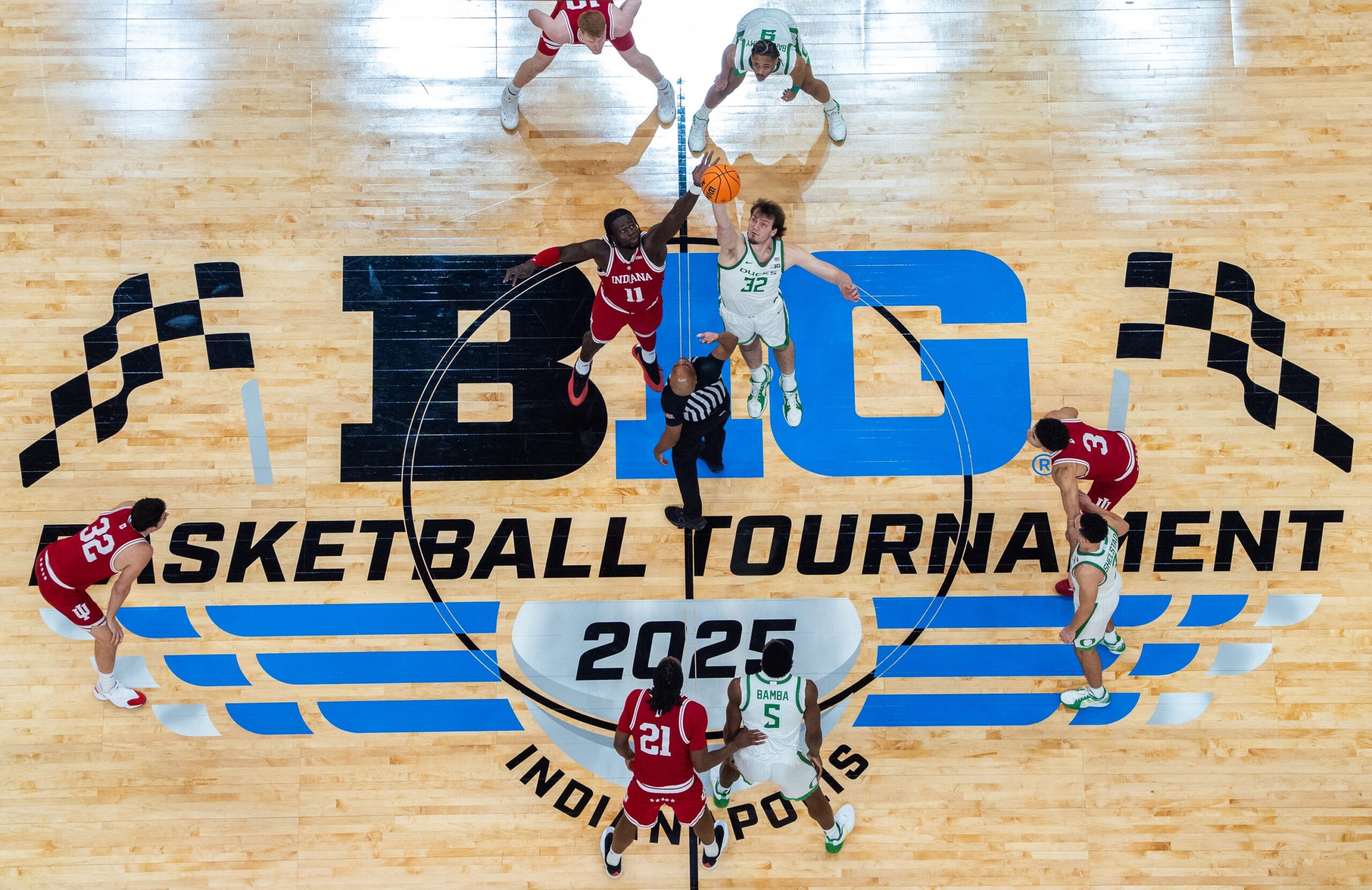Pacers Notebook: Inside the struggles of Paul George
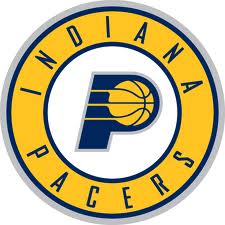
By CHRIS GOFF
ISL Correspondent
After a scoreless dud in Oakland, the obvious question is What’s wrong with Paul George?
Before we dig into the data – and the numbers do tell the tale – we should take a step back. George is just scratching the surface of his talent. He’s getting more touches – and defensive attention – than ever before. He took a strong step forward last year. He’s only 22, he’s 6-foot-9 with physical attributes straight out of a video game, and he’s playing a new position. Just because he doesn’t flip a switch in Year 3 and turn into Tracy McGrady, it’s time to cut bait? Think again.
That said, it’s easy to pinpoint where George’s recent troubles are coming from. He shot 47.1 percent on 2-pointers last season. This year, he’s making just 39.7 percent.
George’s production in other categories varies insignificantly from 2011-12. On free throws and 3-pointers, his accuracy is level. So for shooting only 38.5 percent and losing nearly a point off his per-minute scoring average, George’s big drop in 2-point shooting is largely responsible.
Two forces are at work. One is sheer, random variation in a small sample size. And I do believe the 2-point issue will mostly rebound on its own; George didn’t suddenly become seven points worse at 2s overnight. Where the dip is explainable, however, is in shot selection.
George is settling for jumpers too often rather than finding interior looks. Last season, 70 percent of George’s attempts were jump shots, according to 82games.com. In these first 17 games, he’s up to 79 percent in that category.
Dig deeper and you’ll find 36.6 percent of George’s field-goal attempts last season were 3s. This year? 40.7 percent. That’s 4 percent of the 9-percent rise in jump shooting, which means the remaining 5 percent consists of 2s which last year were close attempts but are now jumpers.
We can see where they’re coming from. In the area from 10 feet out to the arc, George is averaging 1.6 attempts more per game than he did last season, according to HoopData. What it boils down to is that George is taking more long 2s – and he’s not hitting them. His conversion rate on long 2s has fallen from 31 percent to 24 percent.
What adds to these early difficulties is that not being sufficiently aggressive attacking the basket is creating other side effects.
George has lost an average of 1.3 free-throw attempts per game over where he was last season. In 2010-11, George was fouled 10.6 percent of the time he went into a shooting motion. He’s now easier to guard, drawing fouls just 6.8 percent of the time.
This would be bad enough if George had no new factors working in his favor. But the falloff in ability to draw fouls is especially troubling because George is taking about two more shots per game, playing 5 more minutes and using more possessions, with his usage rate up from 19.3 to 21.4.
Again, it all comes down to where and how he attacks. Subjectively, George keeps finding ways to take bad shots and float through quarters. But if the data tells us anything, it’s that George needs to seek out more chances around the rim.
The timing of George’s sojourn couldn’t have been worse for the Pacers. With Danny Granger out until February, George had a great opportunity to develop his scoring skills. Instead, he’s seen a spike in turnovers. It doesn’t help George that Indiana is among the league’s slowest-paced teams. His defense is largely excellent. But the Pacers need George to snap out of it and start knocking down shots. That means nights like the one he endured in Golden State are unacceptable. It also means George has a long way to go before he feels out the right mix to his offensive approach.
Follow Chris Goff on Twitter: www.twitter.com/chrisgoff_ISL.
Follow Indy Sports Legends on Twitter: www.twitter.com/cliffbrunt_isl.

